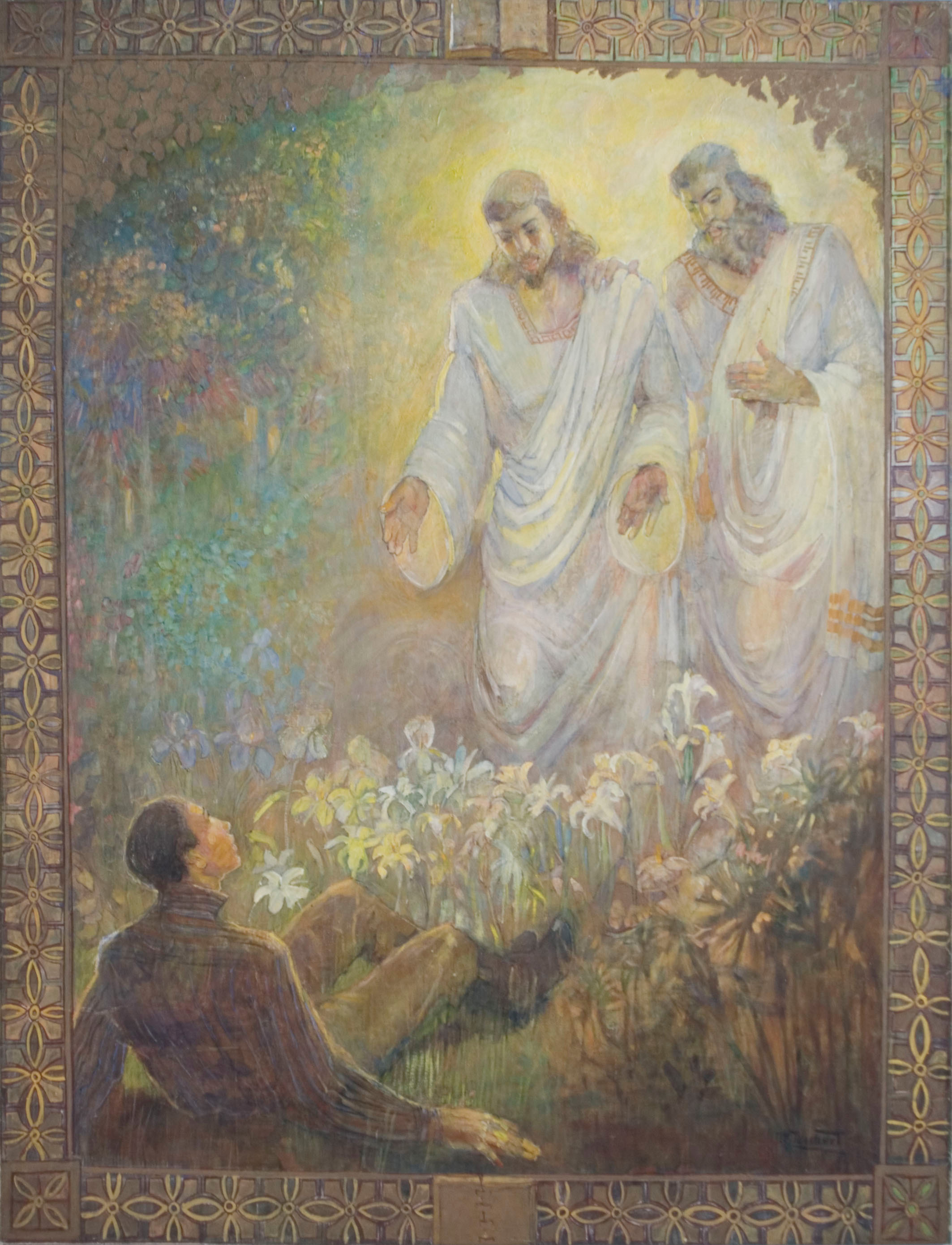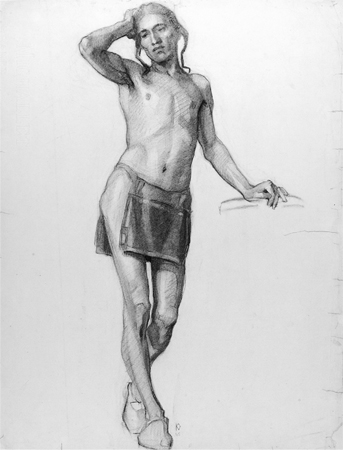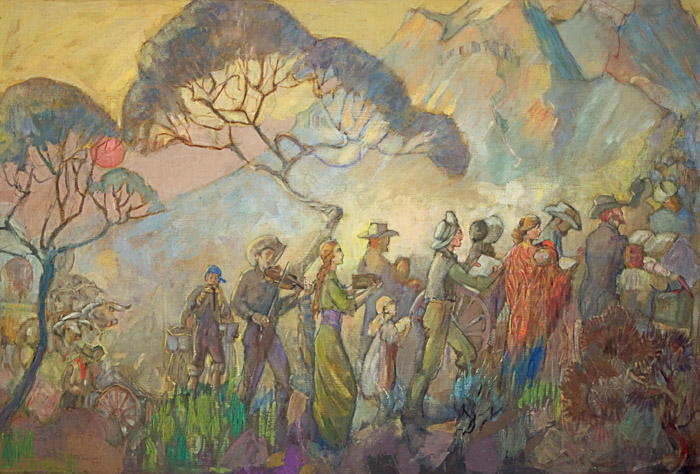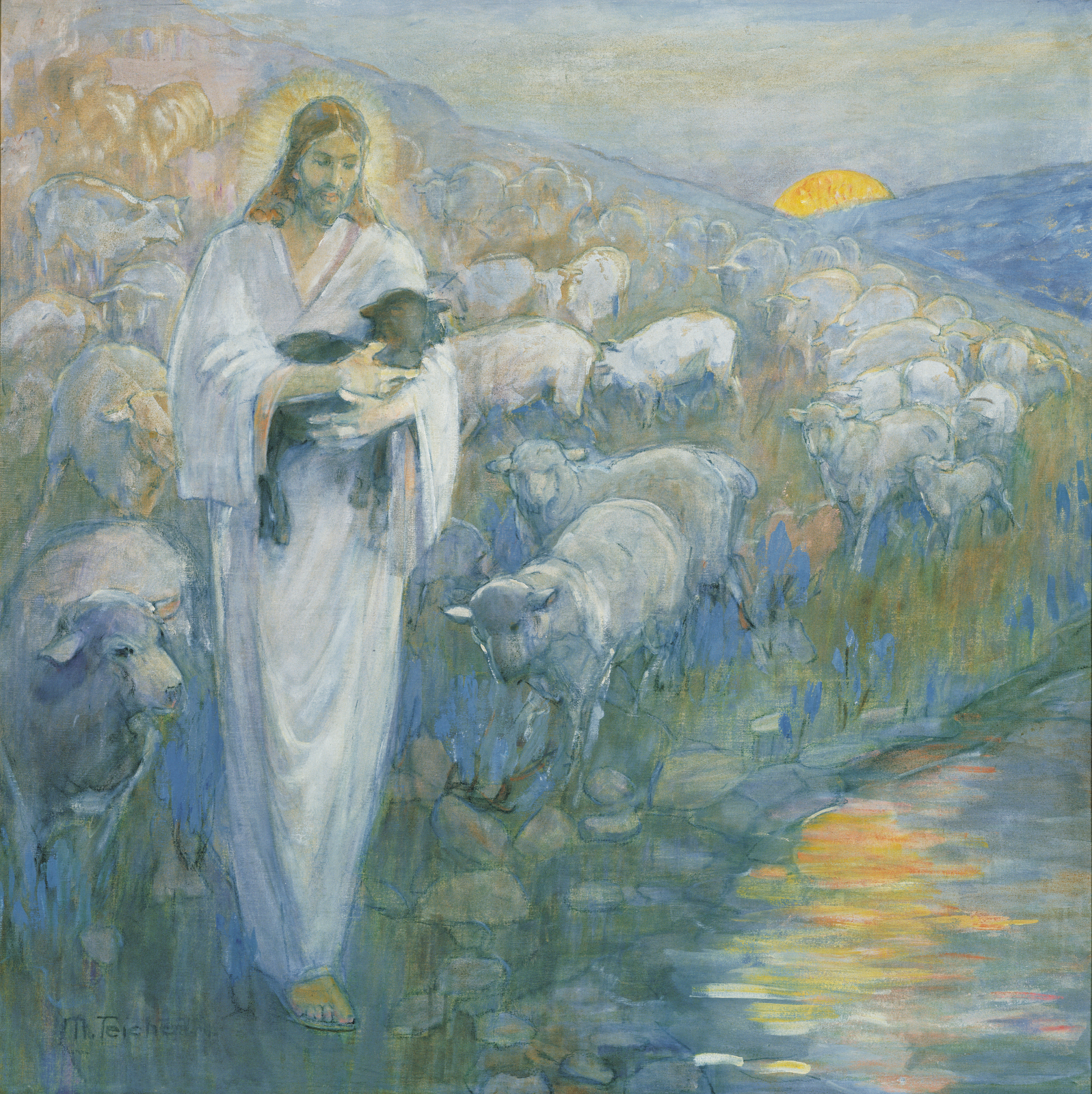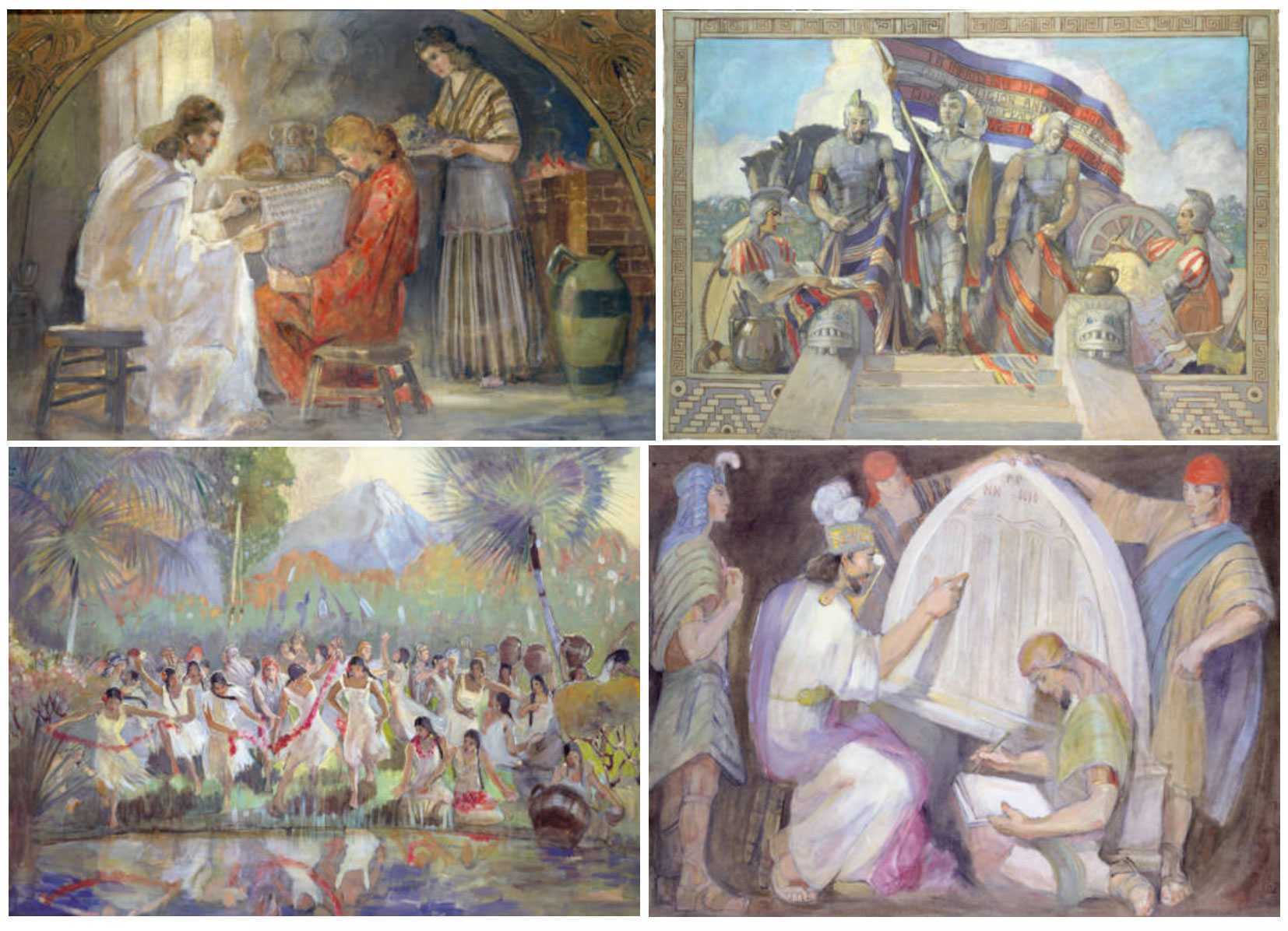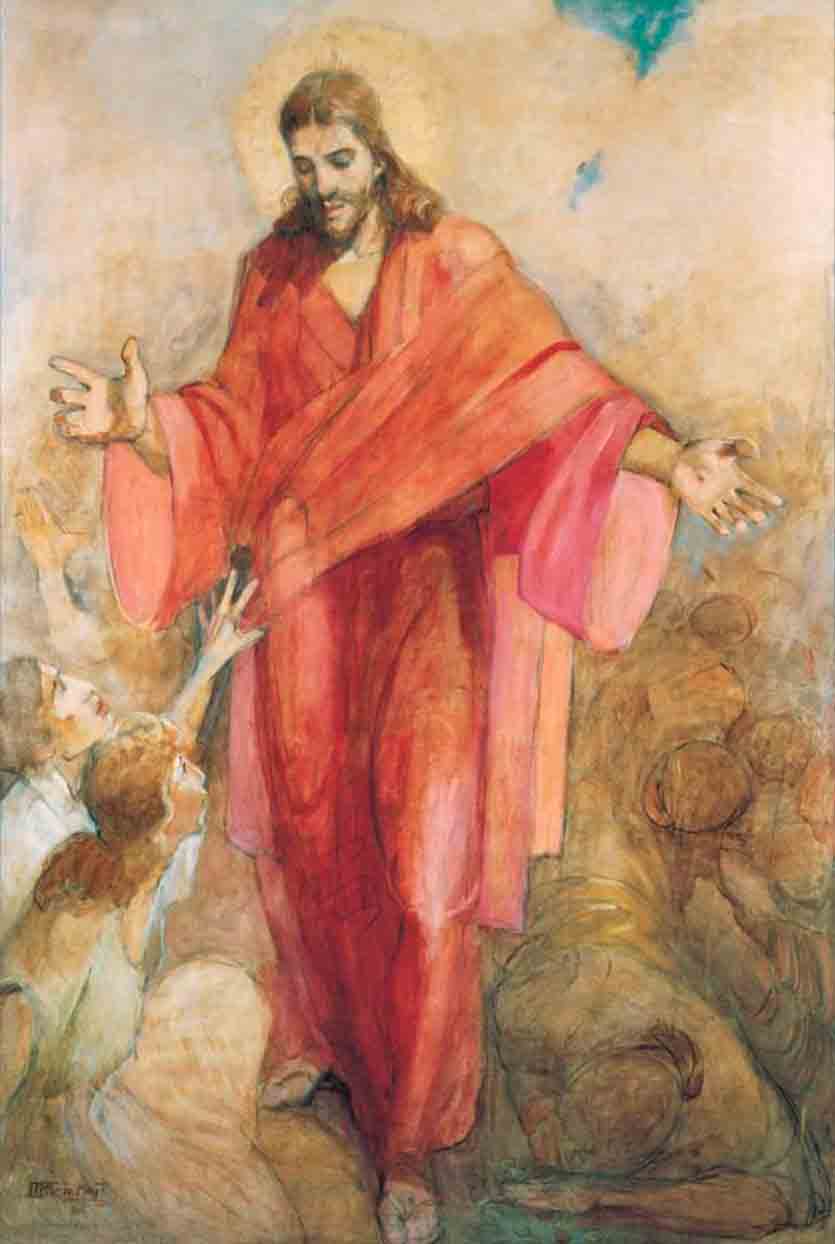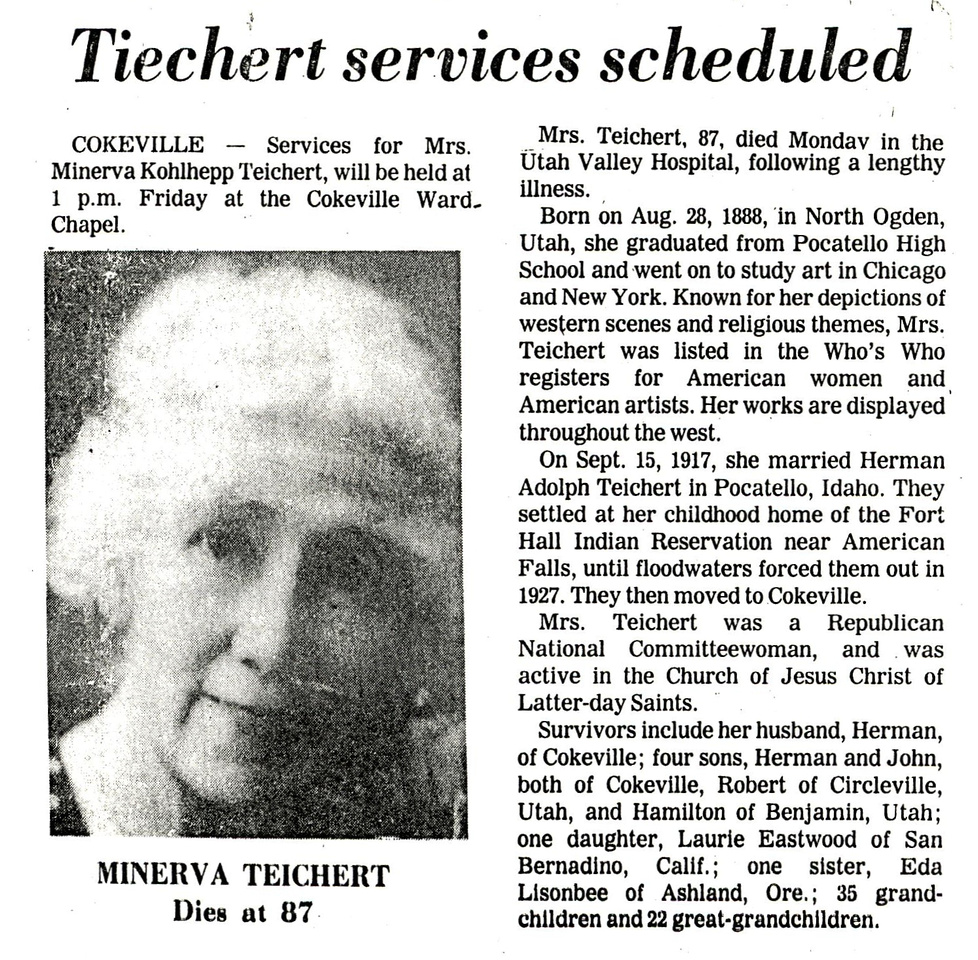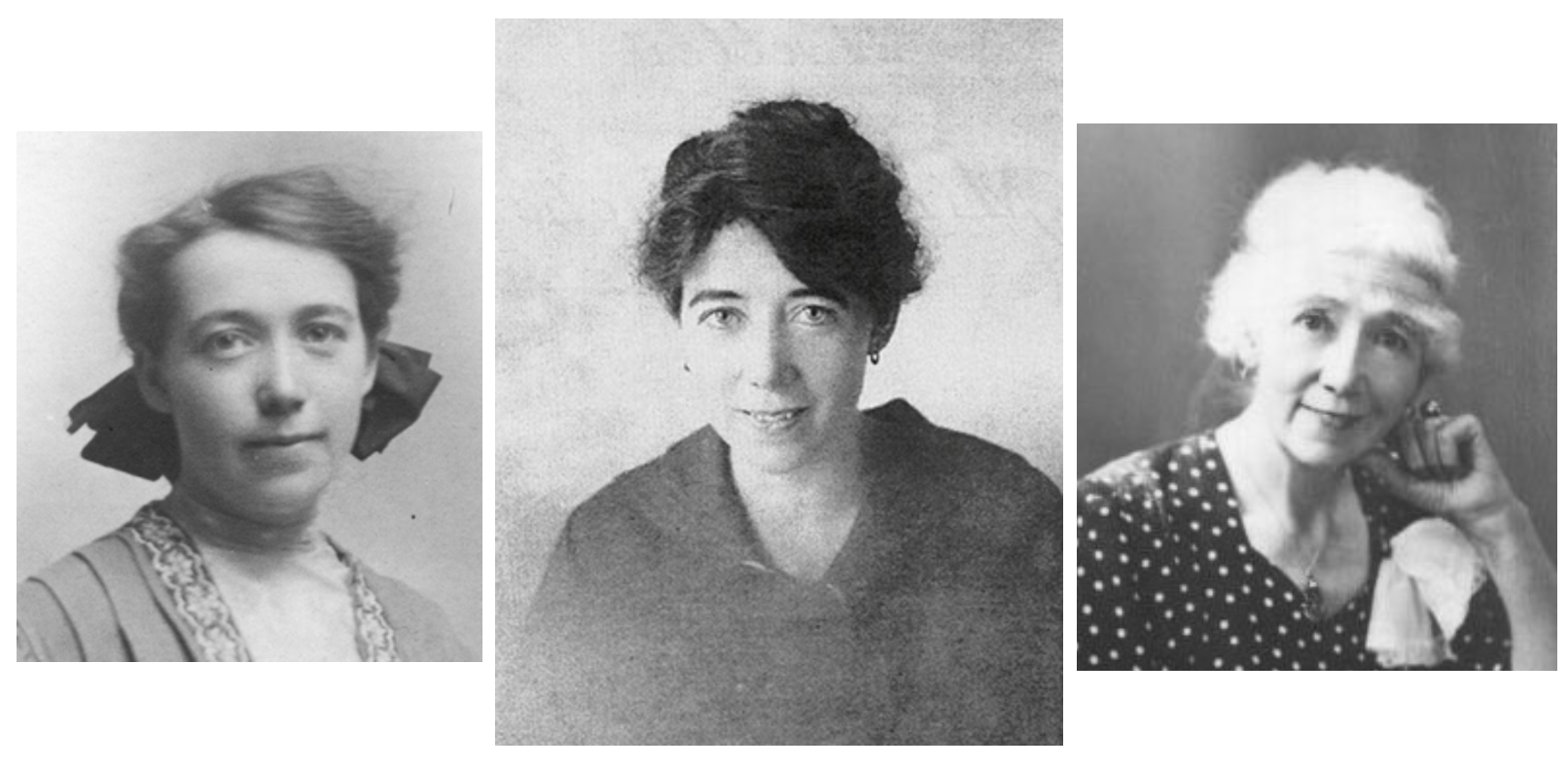Minerva Teichert painted over 400 murals and is perhaps most famous for a series of 42 murals depicting events from the Book of Mormon. What is hard to imagine, today, was her struggle for recognition in her own day. They even spelled her name incorrectly in her obituary. Richard Oman, recently retired as curator at the Museum of Church History and Art, remarked to me that had Teichert been a New York-based painter in her time her work would surely be hanging in the Met.
I remember vividly the first time I saw one of her paintings. I was sitting in a humble Mormon home in a resettlement zone on the outskirts of Manila near an active leper colony. The family had an old, battered copy of a Church manual from the seventies. After years of knowing only Harry Anderson and Arnold Friberg, I leafed through the manual and came across a Teichert painting. I remember saying to myself, ‘Now that’s art.’ I walked past her paintings in the JSB at BYU and felt this kinship to her and her struggle. I marveled at her mural in the Manti Temple. For better or worse, she is part of the Mormon machine today and you can hardly look at an Ensign without finding one of her works. We have two of her prints in our home right now. Bully for you, Minerva, you deserve all the attention our little tribe can muster.
Peter B. Gardner profiled Minerva Teichert in BYU Magazine.
“Teichert increasingly felt it was her responsibility to tell the Book of Mormon story in images so that “he who runs may read,” a common phrase from the time taken from the book of Habakkuk. So after finishing the Manti Temple mural, she set out on what she expected to be her masterwork—42 paintings of Book of Mormon stories, rendered large enough and simple enough to be “read” at a glance. Finishing the paintings in 1952, the 64-year-old Teichert was aflame with enthusiasm for how the works might accompany the Book of Mormon text or be used as slides by missionaries around the world or be sold as a book of paintings.
“What happened was something she never had anticipated—nobody wanted them. Many praised her efforts, but nobody would purchase the paintings, though Teichert would try for the remainder of her life to find a buyer. A half-century later, Wardle describes two major factors that contributed to her grandmother’s declining influence in Mormon art. First, in 1948, was the death of Alice Merrill Horne, Teichert’s best critic and counselor on the art market. Then there were changing tastes. Murals had long since gone out of favor, and the Church commissioned others, such as Arnold Friberg, to paint the Book of Mormon…Though discouraged, Teichert wasn’t one to mope. After all, there were chickens to feed, grandchildren to tend, and genealogy to research. And she kept painting, eventually finding a new agent. Though the market for her religious work had run dry, her agent found interest in her western-themed works outside of Utah.
“And she hadn’t lost confidence in her calling. One day a grandchild asked if she were famous. ‘No,’ she replied with a smile, ‘but I will be someday.'”
